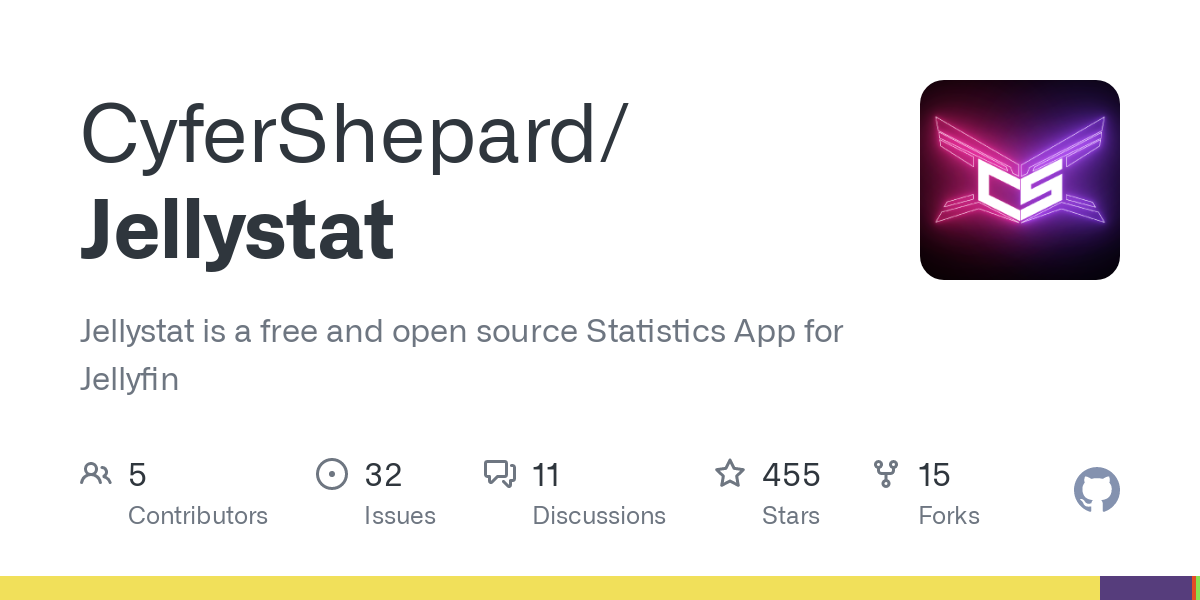I didnt even remember which os I had until I read this and remembered it was aurora
- 16 Posts
- 496 Comments
How do I use nixos for docker? I’ve tried before but what I want is to be able to pull docker compose from a git and deploy it. I haven’t been able to find an easy way to do that on docker

 2·10 days ago
2·10 days agoWhy not fennac straight from F-droid?

 3·23 days ago
3·23 days agoIs librewolf a good alternative? Most plugins seem compatible
I switched from nextcloud to seafile. Their app has paid file search for android app. Also full text search is paid. The docker also seems to crash a lot.
I’ve been testing owncloud ocis and it works really well. Just trying to figure out a few things for single sign on, but the app otherwise works really well.

 10·26 days ago
10·26 days agoThe android app has had downloads for years, they just download the entire file to your phone.
Streamyfin is a newer android app that also works very well with downloads.
I used to use a docker container that makes db dumps of the database and drops it into the same persistent storage folder the main application uses. I use this for everything in docker that had a db.
Immich as recently integrated this into the app itself so its no longer needed.
All my docker persistent data is in a top level folder called dockerdata.
In that I have sub folders like immich which get mounted as volumes in the docker apps.
So now I have only 1 folder to backup for everything. I use zfs snapshots to backup locally (zfs auto shot) and borgmatic for remote backups (borgbase).
All my dockers all compose files that are in git.
I can restore he entire server by restoring 1 data folder and 1 compose file per stack.
this is great info, thanks. I don’t think its the issue right now, I think I need to define the roles in owncloud which I tried to do but it still doesn’t work. I’ll ask on the owncloud forums but these custom scopes might still be needed at some point. thanks.
tried this and also tried making a role in authentik assigned to the group called ocisAdmin and added the admin user to it, it still gives the same error. Seems like I need to define a proxy.yaml file in owncloud with the roles, I did this and it still doesn’t work.
tried this, created a group called ocisAdmin and added the admin user to it, it still gives the same error. Seems like I need to define a proxy.yaml file in owncloud with the roles, I did this and it still doesn’t work.
How is this better than being top level folders like school, receipts, car maintenance etc and then naming your files like:
2025-02-21 - car service receipt.PDF
Easy to find and see what is newest since it alphabetical by age and easy to search since the file name is descriptive.
Combine this with better search tools like powertools OK windows and it seems way more intuitive than this system.
Combine this by having the folder in a backup solution like google drive / Nextcloud / seafile etc and you can access these files anywhere securely.
Its an automation software for borg backup to run on a schedule and keep a certain number of backups while deleting old ones etc.
All persistent storage from my dockers are in a folder. All I have to backup everything is backup this one folder along with my docker compose files (in git).
Locally there are zfs snapshots (autosnapshot) and for remote I use borgmatic.
Borg to :
- Local server
- Friends server
- Borgbase
I would but the other side isn’t zfs so I went with borg instead
Local zfs snap every 5 mins.
Borg backups everything hour to 3 different locations.
I’ve blown away docker folders of config files a few times by accident. So far I’ve only had to dip into the zfs snaps to bring them back.












I do this as well since I couldn’t get any third-party apps to work with single sign-on. The web reader is actually quite good and I don’t really miss anything from the apps.